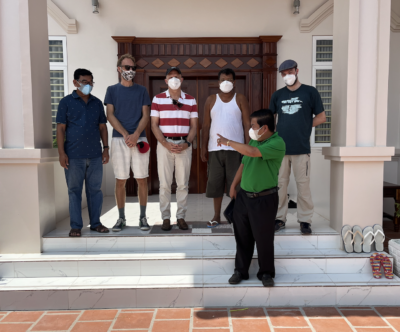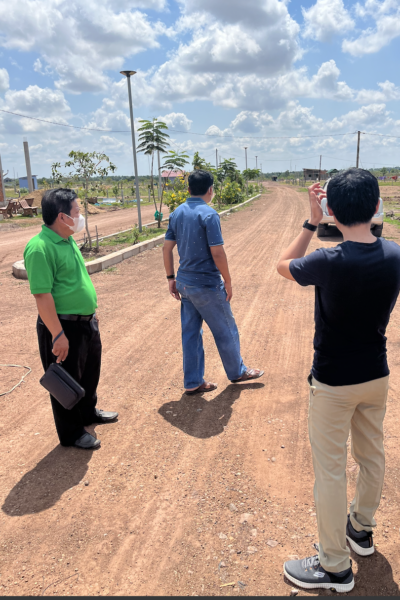PolyUrbanWaters reviews the extent to which green infrastructure developments can be made sustainable in its partner cities. In the course of base-line assessments, the project tries to find out to what extent the objectives and guidelines increasingly formulated by regional development banks and national governments can be implemented in the socio-economic context of secondary and tertiary cities. In the partner city of Kratie/Cambodia, for example, the hypothesis was tested that, due to the large amount of open space available, new development areas are particularly suitable for comprehensive green infrastructure development. On-site surveys have shown, however, that the development logic of new housing estates in structurally weak areas initially leaves little room for infrastructure development. Land is acquired and parceled out and then sold to interested parties, who only gradually build on the land. Infrastructure development (water supply, drainage, etc.) then often follows with a time lag, when funding is made available by the state or the buyers/investors. Green infrastructures usually require intensive maintenance and care. This is certainly often difficult to ensure with such a time-delayed infrastructure development. Here, development models for green infrastructures are required that take these basic realities into account right from the start.


